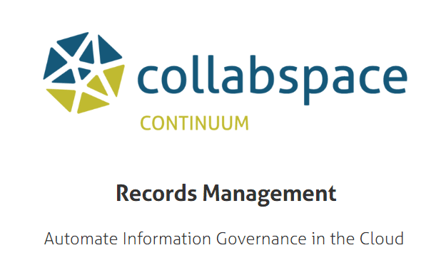Note: check out our blog article on achieving compliance for Presidential Mandate M-19-21, or download our government information kit below for the latest on tips and features for municipal, state/provincial and federal agency records management and data security.
Since the original issuance of the US Presidential Memorandum on Managing Government Record, the topic continues to remain a hot potato. The Memorandum directs US federal agencies to reform records management policies and practices with the goal of achieving open government, efficient operations and cost reductions. Our attention is immediately drawn to the idea of open government. This was derived from President Obama’s Open Government National Action Plan released a few months prior to the Memorandum. The Plan discusses the role of records management and the need for its improvement in the public sector. And the President’s Memorandum on Managing Government Records thankfully underlines the need for the weighty involvement of the National Archives and Records Administration (NARA), the body that oversees government records, and the need for active executive support to ensure NARA can achieve its mandate.
This is a huge step forward considering the current state of records management within the US Government. NARA’s 2011 Records Management Self-Assessment (RMSA) report indicates 45% of 247 federal agencies are deemed at HIGH RISK with respect to compliance with federal RM regulations and policies. (Note: 29 agencies were non-respondent to the survey.)
Our attention is now drawn to how NARA with the Office of Management and Budget (OMB) plans to uphold the Open Government Plan. Reading the NARA/OMB Memorandum on Managing Government Records Directive (August 24, 2012), it looks like open government will be realized through an eventual transition to digital government. Specifically, this would mean at least the following:
- elimination of paper records
- proper preservation of electronic records, including emails, in their digital format
- protection of record metadata (displays context of records not seen with hard copy)
- automated technologies to reduce the burden of RM responsibilities
- cloud services & storage
- analytic tools to evaluate RM programs
There are technical and practical issues that NARA with its stakeholders must address to achieve these plans. For example, the use of cloud services or storage brings up ownership and responsibility issues along with jurisdictional requirements. However, the cloud can provide a cost-effective IT environment that can accommodate users on the go with more flexibility. Certainly NARA will need to carefully consider how they can balance the benefits and risks of achieving digital government.
You can visit NARA's blog, Records Express, for recent updates and resources related to the Presidential Memorandum (click the Presidential Memorandum category to filter blog posts).
For more information about how you can remain compliant for these policies and optimize how your agency manages records, check out our free government information kit below:
![]()



